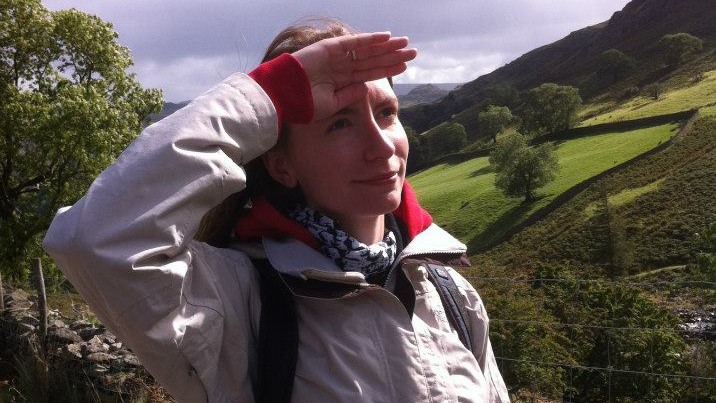
Two climbers have passed away in their tent while ascending Lenin Peak in Kyrgyzstan. According to local news reports, the Russian explorers are believed to have died from carbon monoxide poisoning, likely as a result of using a camping stove under canvas.
As Outside Online reports, the pair have been identified as experienced mountain guide Vyacheslav Sheiko, and his client Georgiy Veselovsky. Their tent was found just above 19,600 feet. Investigations into their deaths are still ongoing.
Lenin Peak is known as the world's easiest 7,000 meter mountain, but 'easy' is relative, and the peak has claimed many lives over the years. The worst disaster took place in 1990, as reported by the Washington Post. Forty climbers died in a huge avalanche believed to have been caused by an earth tremor.
What is carbon monoxide poisoning?
Carbon monoxide (CO) is the leading cause of poisoning deaths in the United States. It is an odorless, colorless chemical released by incomplete burning of fuels such as natural gas, oil, propane, kerosene, and wood. It binds with your red blood cells more easily than oxygen, causing your body and brain to become starved of oxygen.
Unlike drowning, carbon monoxide poisoning doesn't cause a buildup of carbon dioxide that triggers panic and the feeling of suffocation. Instead, victims might notice dizziness, fatigue, headache, general weakness, and shortness of breath among other symptoms.
According to Penn Medicine, carbon monoxide poisoning can be deadly, and recovery for survivors can be slow. Depending on how long they were deprived of oxygen, victims may suffer permanent brain damage, and chances of a full recovery are worse if they still show impaired ability after two weeks.
Carbon monoxide and camping
According to the Centers for Disease Control and Prevention (CDC), most deaths from carbon monoxide poisoning happen in homes and motor vehicles, but it can happen to campers as well, particularly if they underestimate how low temperatures drop overnight and bring heaters and stoves into their tent in an attempt to keep warm.
All the latest inspiration, tips and guides to help you plan your next Advnture!
"Camping stoves and heaters are not designed to be used indoors and can emit hazardous amounts of CO, and smoldering charcoal emits large amounts of CO," the CDC explains. "Inside a tent or camper, these sources produce dangerous concentrations of CO, which becomes even more dangerous to sleeping persons who are unable to recognize the early symptoms of CO poisoning."
To avoid CO poisoning, you should never use fuel-burning stoves, lantern, heater, or charcoal grill inside a tent, and make sure that exhausts never vent into enclosed structures.
"Rather than relying on fuel-burning appliances to supply heat, campers should leave home with adequate bedding and clothing, and should consume extra calories and fluids during the outing to prevent hypothermia," the CDC advises.

Cat is the editor of Advnture, She’s been a journalist for 15 years, and was fitness and wellbeing editor on TechRadar before joining the Advnture team in 2022. She’s a UK Athletics qualified run leader, and in her spare time enjoys nothing more than lacing up her shoes and hitting the roads and trails (the muddier, the better), usually wearing at least two sports watches.
